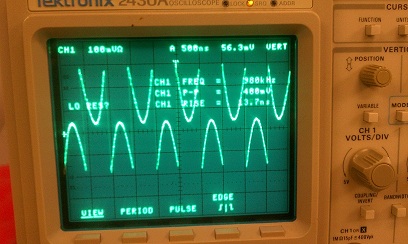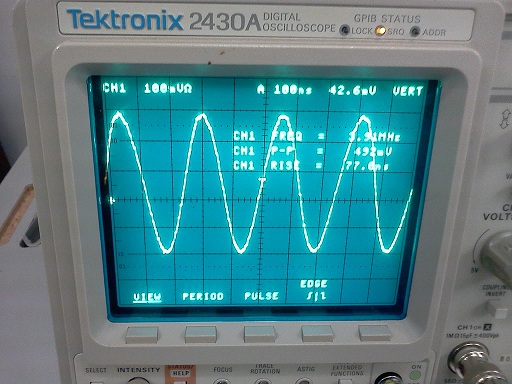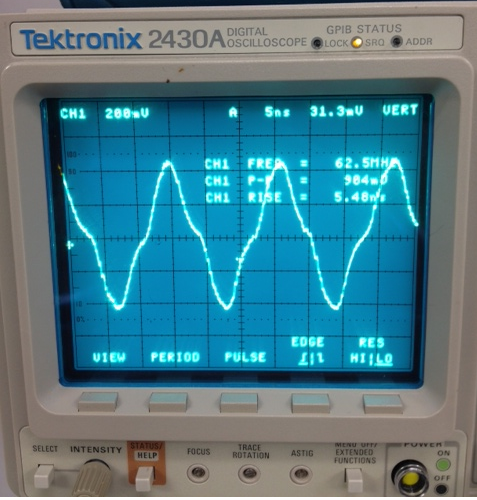Hello, we are trying to create a sine and cosine wave from an fpga evaluation board ( virtex6 ML605 evluation board). We bought the DAC6132EVM and the FMC adaptor for it because the virtex6 has the FMC connection. The problem we have is that the DAC has to be configured and apparently it comes configured for CDMA modulation.
The wave we are trying to create does not have to be modulated and therefore we do not need the modulator to be activated. We followed the guide dac3162evm.pdf (http://elcodis.com/parts/3499641/DAC3162EVM_dt633792.html). It explains how to test the converter using a TI function generator board. We used the FPGA to generate the information and send it to the FMC connector >>adapter>> DAC. We do not need WCDMA modulation so reading the same guide we found it talks about setting the board to only DAC conversion. Now the problem is the guide says to remove resistors R109, R110, R111, R112. They are micronized resistors and we are not too comfortable removing them nor sure if this is correct for what we need to do.
If some one could clarify if we need to actually remove the resistors or if there is a different way of setting up the converter it would be greatly appreciated. We have read the files in http://www.ti.com/tool/dac3162evm?DCMP=analog_signalchain_mr&HQS=dac3162evm-pr and have not been able to understand it completely or find a guide which explains what is being done.
Thank you for any help.
Extra notes: its actually "DAC3162EVM evaluation module", and we are using look-up tables in the code and sending the information to the DAC.





